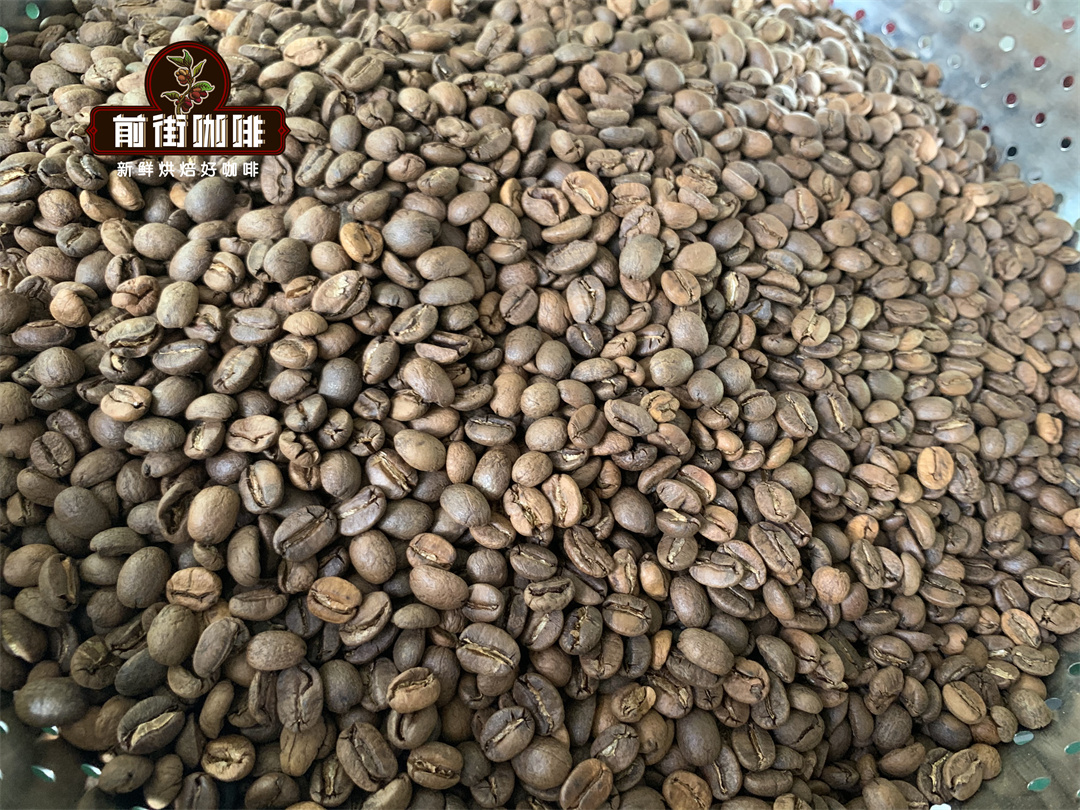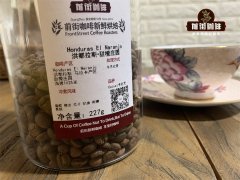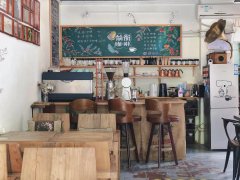Koban, Akata, Mondesius. Honduran boutique coffee beans that coffee people must know
Honduras, which ranks first in coffee production in Central America, is also one of the top ten fine coffee producing countries in the world. Honduras, which exports coffee mainly to Europe, has the Caribbean Sea in the northeast, the Pacific Ocean in the south, Nicaragua in the southeast, Guatemala in the west, and El Salvador in the southwest. Compared with neighboring coffee producing countries in Central America, Honduras has no perfect connection between origin and transportation, so it started much later in the history of coffee development.
It was not until 1970 that the Honduran government established Instituto Hondureño del Cafe (IHCAFE), an official institution for local coffee, and set up a dedicated experimental center to assist Honduran coffee producers that it was possible to slowly improve the coffee production conditions in Honduras. With the improvement of the overall coffee environment and the improvement of coffee quality, Honduras 'coffee production increased significantly since 2001. By 2011, More than 100,000 households are engaged in the coffee industry in Honduras, accounting for nearly 40% of the output value of Honduras 'agricultural products, and the output exceeds that of many Central American coffee producing countries. In recent years, due to leaf rust (Roya) and global climate change, production has declined slightly, but overall, Honduran coffee is still highly respected by fine coffee lovers all over the world, especially in Europe.
Coffee producing areas in Honduras
Honduras has unique geographical advantages, such as high altitude, micro-climate, abundant rainfall, fertile volcanic ash soil, etc., which makes Honduran coffee rich in layers, dense and bright in tone, and excellent in quality. The production area is divided into six major production areas-Copán, Opalaca, Montecillos, Comayagua, Agalta and El Paraíso:

Copán
Located in the west, bordering Guatemala, there are more world heritage Mayan sites exist
Growing coffee is the economic backbone of this region
Altitude: 1000~1500 m
Coffee Features: A long, nutty, chocolatey, round palate
Opalaca
Due to the advantages of geographical environment, the coffee produced in this area is close to perfection and is known as the representative of gourmet coffee.
There are as many as five protected areas located in this area, of which the Obaraka Golden Mountains is the origin of this area
Altitude: 1100~1500 m
Coffee Features: Delicate, supple, with a hint of tropical berry sour and sweet flavor
Montecillos
Macala, a region within this region, has won the honor of international top coffee quality
Macara coffee is a new coffee variety in this region and is regarded as an indicator coffee.
Altitude: 1200~1600 m
Coffee Features: Bright tonality, rich taste, with orange peach and other refreshing sweet and sour flavor, sometimes can also drink a slight aroma
Comayagua District
Located in the middle, it is covered by mountains, mountain waves and other terrains, and has fertile soil for coffee growth.
Many monuments and buildings of historical and cultural value can be seen in this area
Altitude: 1200~1600 m
Coffee characteristics: citrus flavor is obvious, with a tropical fruit sour feeling, sweet with nuts and chocolate aromas
Agalta
Located in the east, the hinterland of the production area is the widest, and there are 14 protected areas in the territory.
Ecological conservation, ecotourism and so on are the economic axis of this area
Altitude: 1000~1400 m
Coffee characteristics: citrus acidity bright, then mellow around, with flowers, caramel, honey and other flavors
El Paraíso
Located in the south, the cup measures balanced acidity, smooth and smooth.
All coffee beans produced in this area belong to SHG grade
Altitude: 1100~1400 m
Coffee Features: Light aroma of fruit acids, balanced and refreshing overall taste
Important Notice :
前街咖啡 FrontStreet Coffee has moved to new addredd:
FrontStreet Coffee Address: 315,Donghua East Road,GuangZhou
Tel:020 38364473
- Prev

Why are boutique coffee beans recommended? Recommendation of brewing parameters of fine coffee
People's new views on high-quality coffee beans, regardless of the origin, year, manufacture, bean quality, variety, taste, or farmers' planting and strict raw beans.
- Next

If you don't understand coffee, can you open a coffee shop? what's the connection between opening a coffee shop and coffee trade?
Coffee culture is changing as coffee drinkers look for new ways to enjoy their favorite drinks. Production, trade and distribution methods have been developed to meet these new needs, but much remains to be done. Therefore, further coffee research and development will need to be continued. With the continuous change of coffee culture, there are more and more cafes of different styles.
Related
- What brand of black coffee is the most authentic and delicious? what are the characteristics of the flavor of the authentic Rose Summer Black Coffee?
- Introduction to the principle and characteristics of the correct use of mocha pot A detailed course of mocha pot brewing coffee is described in five steps.
- Which is better, decaf or regular coffee? how is decaf made?
- How much is a bag of four cat coffee?
- How about four Cat Coffee or Nestle Coffee? why is it a cheap scam?
- Which is better, Yunnan four Cats Coffee or Nestle Coffee? How about cat coffee? is it a fake scam? why is it so cheap?
- How about Cat Coffee? what grade is a hoax? which instant coffee tastes better, four Cat Coffee, Nestle Coffee or G7 coffee?
- Process flow chart of coffee making-Starbucks coffee making process what coffee tastes good at Starbucks
- The top ten best coffee beans in the world Rose summer coffee or Tanzanian coffee tastes good
- Yunnan four cat coffee is good to drink?_four cat coffee is a big brand? four cat blue mountain coffee is fake?

